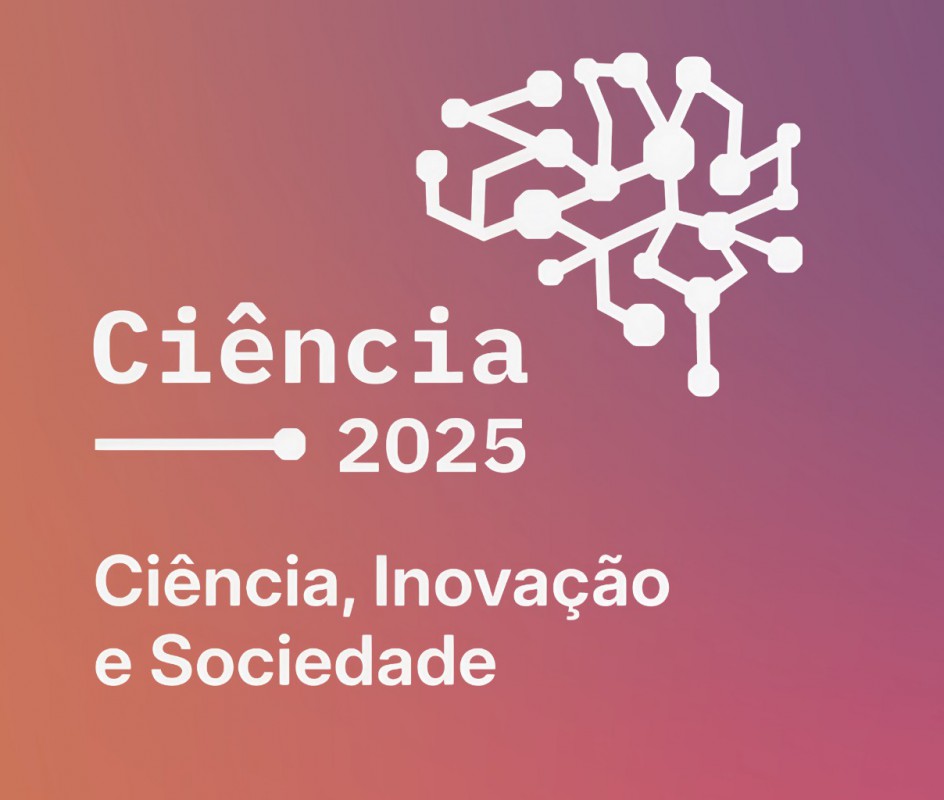
A team of researchers from CICECO (Marina Ilkaeva, Ricardo Vieira, Mariana Sardo, Ildefonso Marín and Luís Mafra) recently published a pioneering study in the Journal of the American Chemical Society, highlighting the exceptional advantages of solid-state NMR methods compared to conventional adsorption assessment techniques. Their work demonstrated how solid-state NMR can effectively and quantitatively distinguish between different types of physisorbed and chemisorbed CO2 species, within porous sorbents.
Solid sorbents that selectively capture CO2 offer a promising alternative to overcome the limitations of liquid amine scrubbing technology. While adsorption isotherms obtained through volumetric measurements are commonly used to estimate the gas adsorption performance of porous materials, there has always been uncertainty regarding the contributions of chemisorption and physisorption processes to the overall retained gas volume. To gain a deeper understanding of the CO2 capture mechanisms in solid sorbents, it is crucial to employ molecular-level insights.
In this study, the researchers utilized solid-state NMR spectroscopy to investigate CO2 adsorption on amine-modified silicas at various pressures. The findings allowed them to accurately quantify and differentiate between physisorbed and chemisorbed CO2 species. The isotherm curves obtained by the proposed ssNMR-assisted approach enable advanced analysis of the sorbents, revealing the potential of variable-pressure NMR experiments in gas adsorption applications. This research achievement not only demonstrates the power of solid-state NMR as a valuable tool for studying gas adsorption processes, but also provides valuable insights for the development of improved CO2 capture technologies, highlighting the significant contributions of solid-state NMR methods in advancing our understanding of adsorption phenomena in porous materials.
The work took place in the scope of the NMR4CO2 Consolidator Grant, financed by the European Research Council (grant agreement 865974).
The publication is available at: https://doi.org/10.1021/jacs.3c00281
Related Articles
We use cookies for marketing activities and to offer you a better experience. By clicking “Accept Cookies” you agree with our cookie policy. Read about how we use cookies by clicking "Privacy and Cookie Policy".















